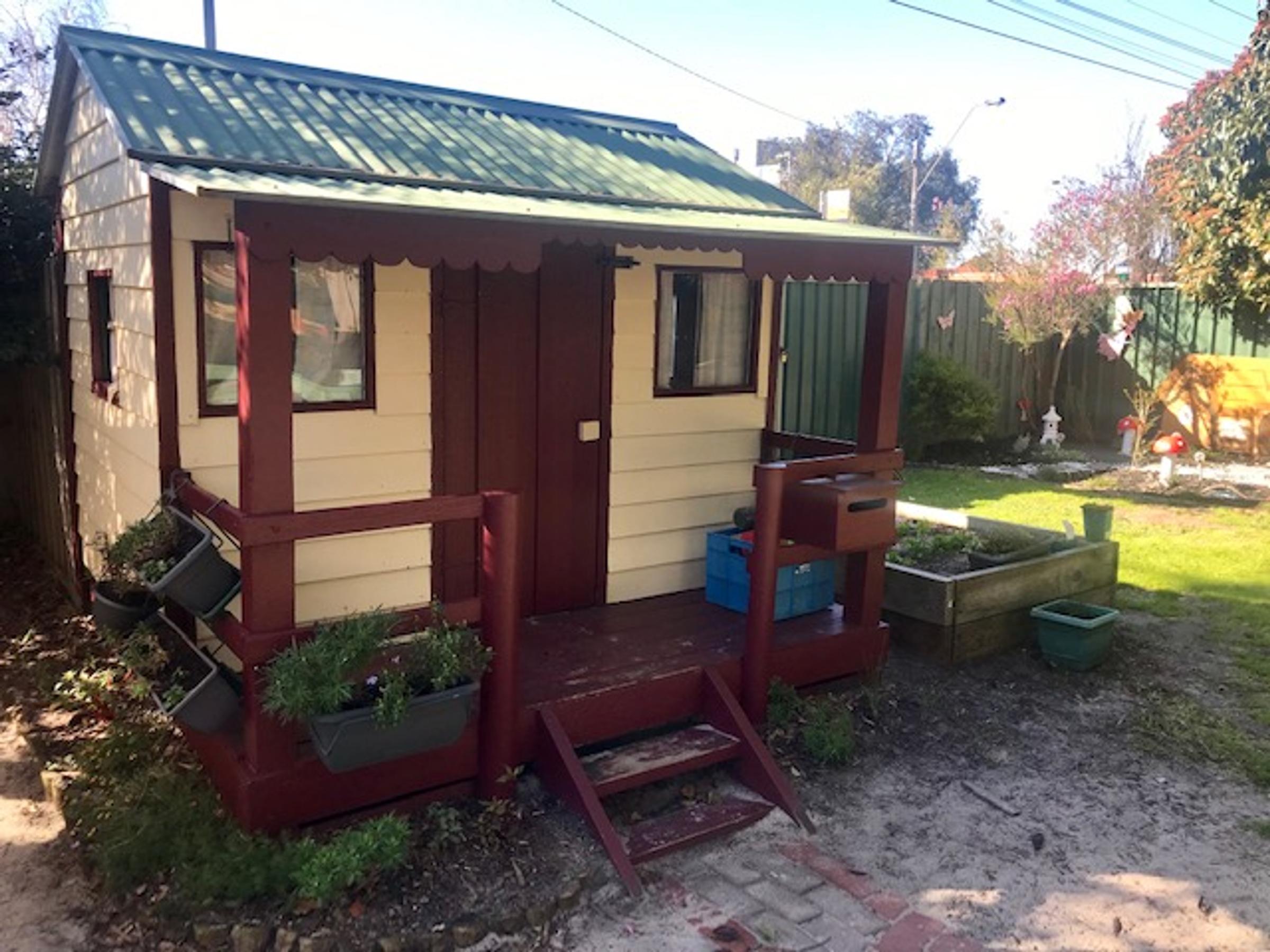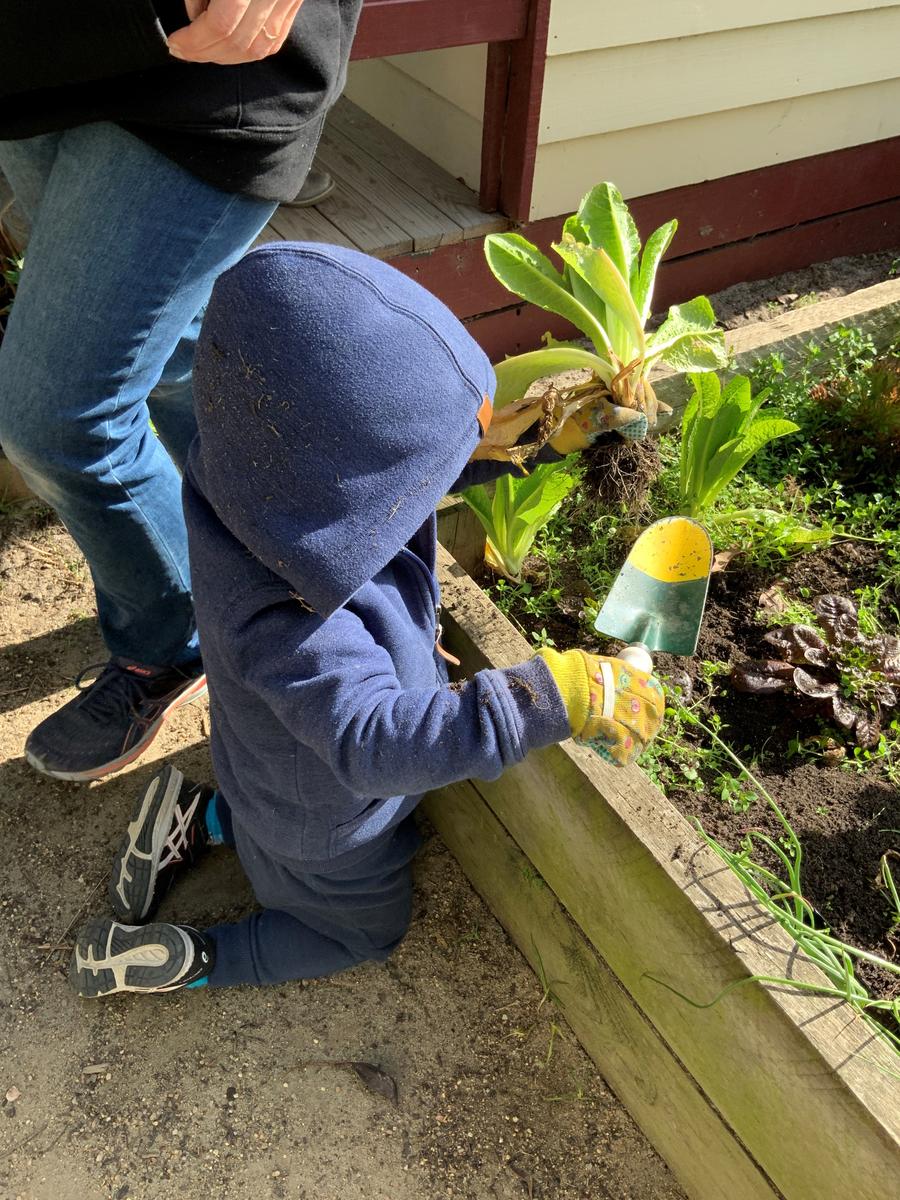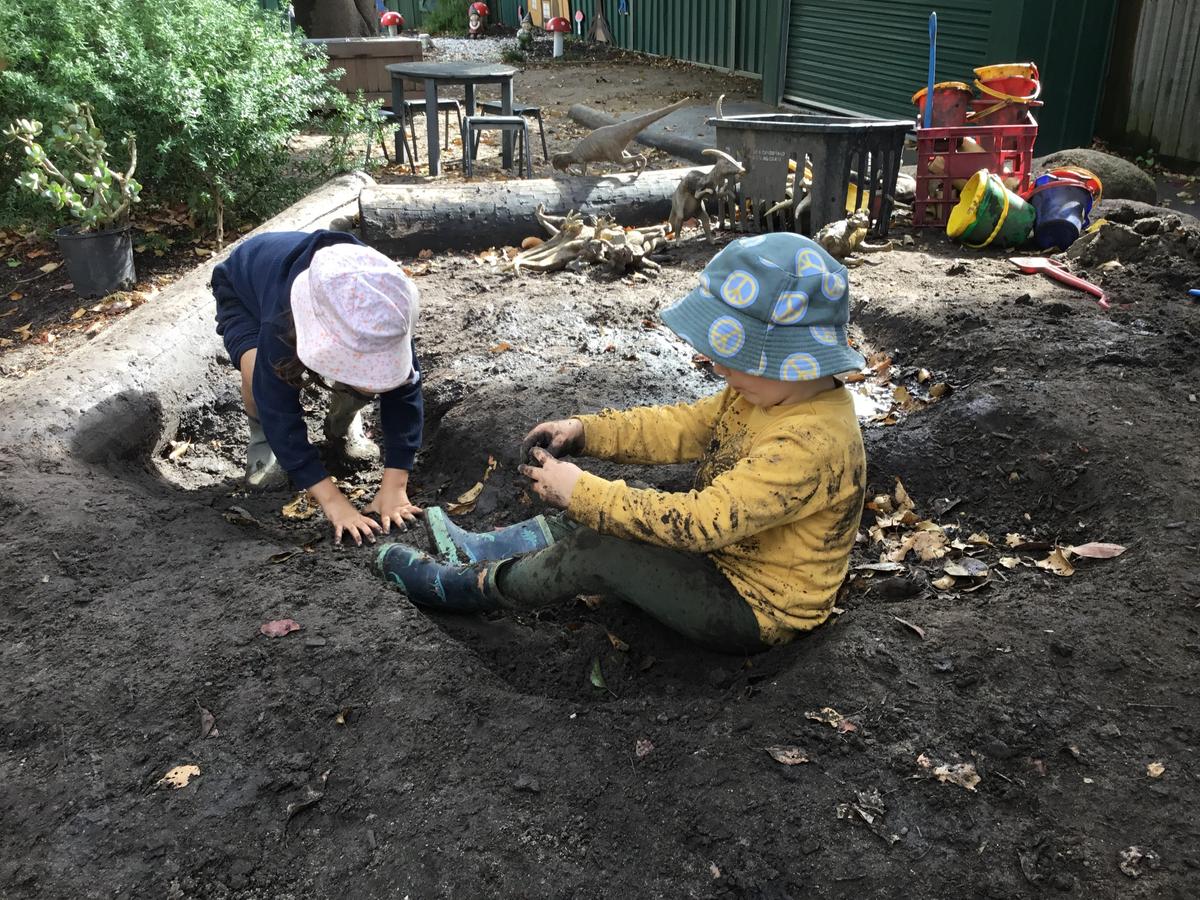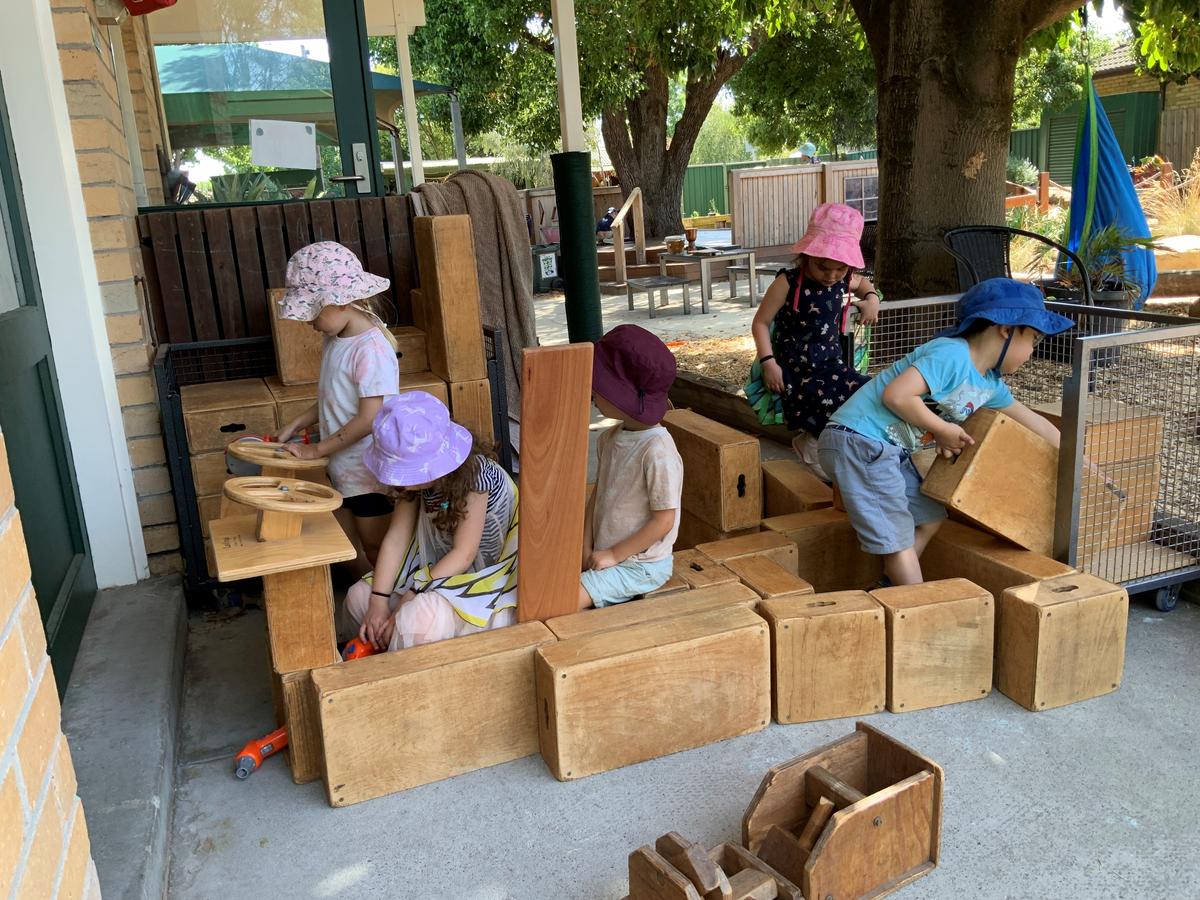Glen Education Centre Road

Supporting Learning in the Outdoor Environment
Megan Miller, Early Childhood Teacher
At Glen Centre Road Kindergarten, we understand the importance of creating a rich and stimulating learning environment for young children. We are incredibly fortunate to have a very large and well-resourced outdoor space that is vibrant and responsive, for children to explore and enjoy. Outdoor spaces often allow children to engage in loud, messy and less restricted play where they can be fully immersed in their learning.
All five learning outcomes from the Victorian Early Years Learning and Development Framework can be achieved through children engaging in outdoor play. These are just a few of the areas in our outdoor space.
Children feel a sense of belonging and have ownership of the spaces at kindergarten which supports their sense of identity. Children’s emerging autonomy, inter-dependence, resilience and sense of agency is supported and encouraged in many ways outdoors. We provide child size tools including brooms, watering cans and brushes for children to care for the environment and themselves as well as individual pockets for their hats and sunscreen to protect them from the sun. The environment is set up so that it is accessible for children to choose resources for their play and pack up when needed.
Our expansive garden and focus on sustainability allow children opportunities to explore the natural world as they participate in gardening, hunting for bugs, recycling and caring for the kindergarten spaces. This fosters an appreciation for the beauty and diversity of nature and helps children recognise the importance of protecting it. This connection and contribution to to their world and community, also provides opportunities for discussion about the traditional custodians on this land, the Bunurong/Boon Wurrung people.
When they tackle the climbing frames and obstacle course, children will be developing a strong sense of social, emotional and physical wellbeing. They need to take turns and negotiate, encourage each other, learn from others, as well as take considered risks and accept challenge in a way that keeps themselves and their peers safe.
In the mud patch, children become confident and involved learners. They experiment with cause and effect, trial and error and motion as they mix water and dirt, dig holes, trenches and tunnels, and pump water down the creek bed. They are also developing an understanding of measurement and number (size, length, volume, capacity and counting) as they engage in this space using mud, buckets, shovels and perhaps adding animal or dinosaur figures or cooking implements.
The big blocks are a perfect way to support children to be effective communicators as they create structures using the blocks (mathematical thinking), they also need collaborate and communicate with their peers. This area often leads children to build homes or vehicles that they then use as a role play space using language and engaging in symbolic play to imagine and create roles, scripts and ideas or share the stories and symbols of their own cultures.
The physical space influences how and what children learn, so we design the environment to support children’s curiosity, creativity, and problem-solving skills. This encourages children’s love of learning and will help them reach their full potential as active citizens of the world.




